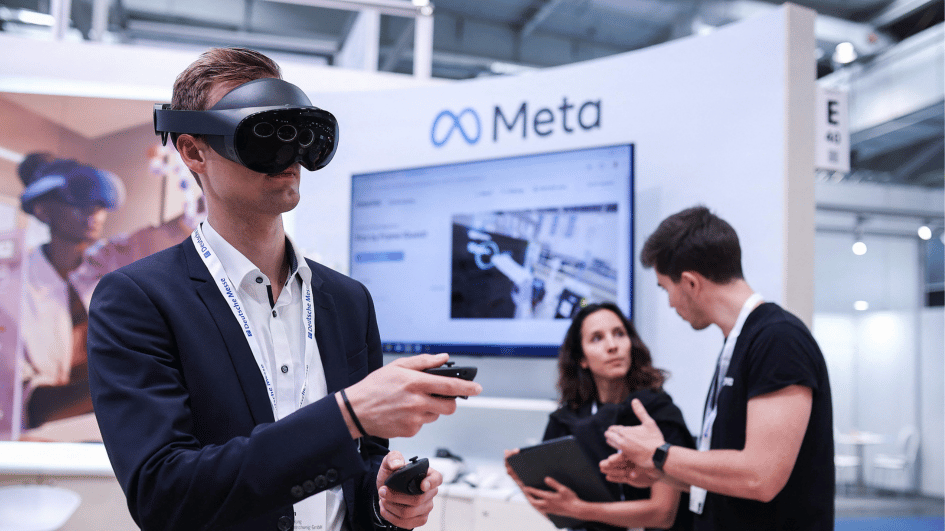The most creative city on the Black Sea
Istanbul will be hosting two events on design.
One of the events is Design Week Turkey, which will take place for the first time between Oct. 19 and Oct. 23 under the direction of the Economy Ministry and Turkish Exporters’ Assembly.
The second one is the Istanbul Design Biennial organized by the Istanbul Foundation for Culture and Arts (IKSV) for the third time, which is planned to take place between Oct. 22 and Nov. 20.
“Design influences the quality of our life,” said Bülent Eczacıbaşı, chairman of the Eczacıbaşı Holding and the Board of Directors of IKSV.
“Design adds the most value to industry and the economy,” he said. “Design and innovation will take Turkey out of the middle income trap,” he added.
Eczacıbaşı is one of the Turkish companies that best recognizes the added value of design.
The company’s Building Products Group has been emerging in Europe, especially in the United Kingdom, mostly because of its success in design-based products. Seventy percent of the group’s income comes from abroad.
In a recent conversation with Bülent Eczacıbaşı, he once again emphasized the fact that there is insufficient support for art and culture and thus, design in Turkey.
While I heard in the statement by Finance Minister Naci Ağbal on the 2017 budget, that $5.8 billion dollar has been earmarked for research and development, I have not heard that amount being earmarked for art and culture.
While the public sector is not that enthusiastic about art, culture and design, you may still come across pleasant surprises in the country’s different regions.
Take Sinop, on the Black Sea.
It is known for being on the agenda as the location for the second nuclear power plant. Yet it has been the host of Sinopale, the International Sinop Biennial, in recent years.
Sinopale stands apart from other biennials because local and international artists produce their works in local ateliers in cooperation with local interlocutors.
With the European Union’s support of 130,000 euros, Sinop put into force in 2016 “Creativity: Social entrepreneurship and creativity for Sustainable Development.”
Mahir Namur, the founder of Europe Culture Association, and Professor Melih Görgün from Istanbul’s Mimar Sinan University are the two names behind the project.
The old market in the center of Sinop will turn into a center of creativity and entrepreneurship with all of the 32 shops and shopkeepers within the framework of Creativity. The aim is for the locals to create and produce in collective ways, for instance, local and European artists will be working together in the design atelier in the market.
As part of a rare project in Turkey, women from Sinop will be learning about entrepreneurship in the kitchen.
Sinop historically has been an important ground in the agricultural sector but has suffered from migration since many people have left their lands and migrated to urban areas.
It suffered additionally when Paşabahçe, one of Turkey’s leading companies in glass production, closed its plant which was established in the 1980s.
Sinopale, which also hosted its first international film festival, will certainly bring a new breath to the city.











